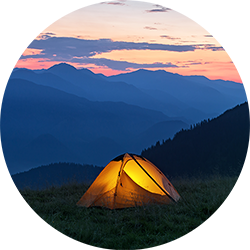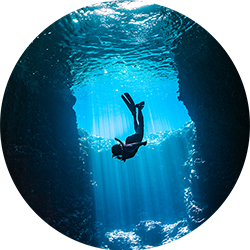Pokhara Tourist Places
Shree Bindhyabasini Temple, International Mountain Museum, Barahi Temple, Sarangkot, Phewa Lake, Devi's Fall, Gupteshwor Mahadev Cave, Gurkha Memorial Museum, Mahendra Cave, and many more.
Places to visit in Pokhara are several and each of them is mind blowing. Pokhara is an ideal and energetic destination for all tourists, no matter what is their age group or what type of entertainment they are expecting. From hills to waterfalls to pristine lakes, to markets and shrines there is absolutely nothing that you can miss in this place.
Pokhara tourist places offer travelers the most amazing time giving them a lot to explore. Phewa lake is one of the most beautiful places in Pokhara and you can enjoy boating here. Another lake here is Begnas lake which offers the most tranquil atmosphere.
If you are a spiritual person then you can visit Shri Bindhyabasini Temple. Whether you want to sit calmly on a boat and want to enjoy the peace, or you are an adventure freak looking for trekking on the mountain ranges, Pokhara got all for you in one place.
Places to visit in Pokhara are several and each of them is mind blowing. Pokhara is an ideal and energetic destination for all tourists, no matter what is their age group or what type of entertainment they are expecting. From hills to waterfalls to pristine lakes, to markets and shrines there is absolutely nothing that you can miss in this place.
Pokhara tourist places offer travelers the most amazing time giving them a lot to explore. Phewa lake is one of the most beautiful places in Pokhara and you can enjoy boating here. Another lake here is Begnas lake which offers the most tranquil atmosphere.
If you are a spiritual person then you can visit Shri Bindhyabasini Temple. Whether you want to sit calmly on a boat and want to enjoy the peace, or you are an adventure freak looking for trekking on the mountain ranges, Pokhara got all for you in one place.




